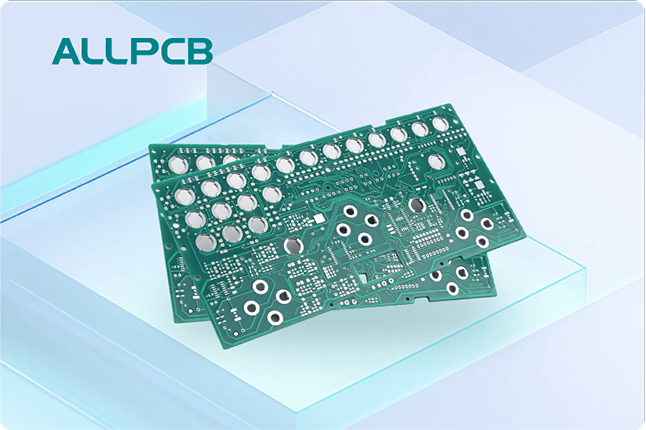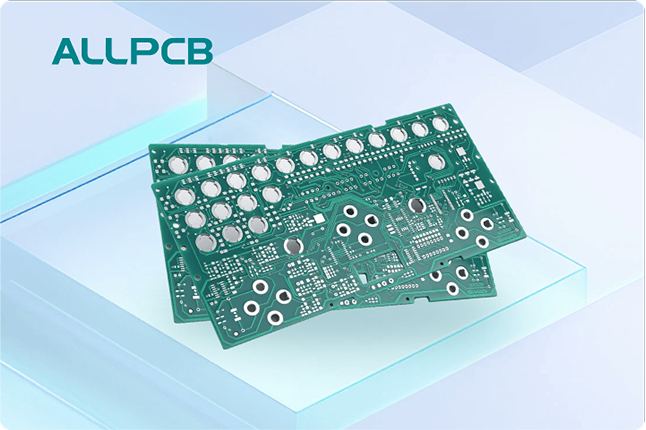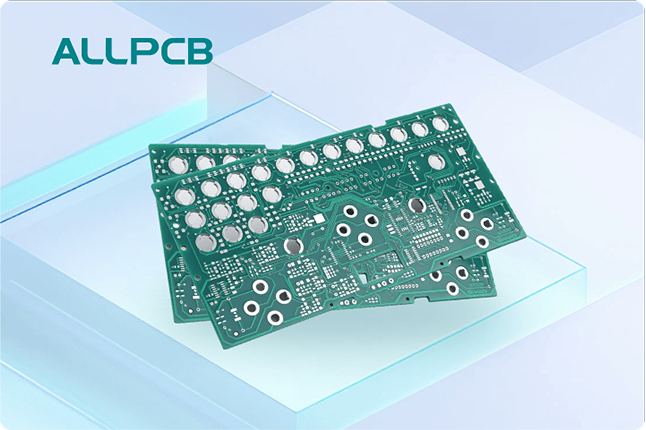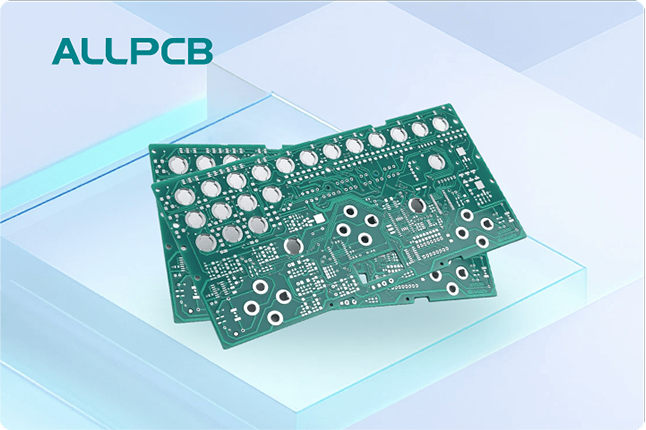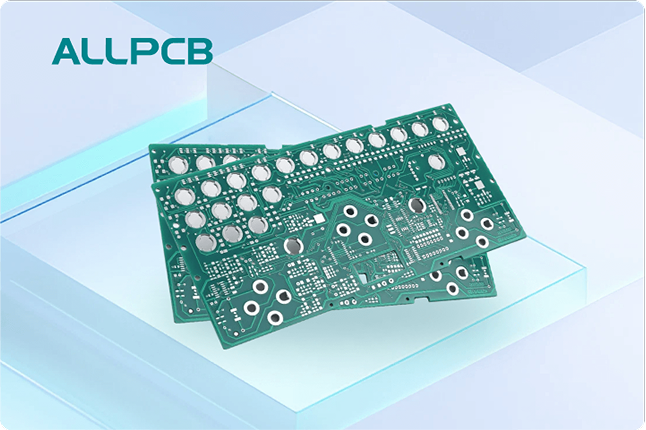In the fast-evolving world of electronics, protecting sensitive printed circuit boards (PCBs) during shipping and storage is critical. But with growing environmental concerns, choosing eco-friendly packaging that still offers robust protection is more important than ever. So, how do you select the right sustainable packaging for sensitive electronic components? The answer lies in balancing environmental responsibility with essential protective features like antistatic properties, low outgassing materials, and corrosion prevention.
In this comprehensive guide, we’ll walk you through the key considerations for selecting antistatic sustainable packaging, ensuring PCB static discharge protection, and preventing corrosion during PCB shipping. Whether you're an engineer, designer, or manufacturer, you’ll find actionable insights to safeguard your components while reducing your environmental footprint.
Why Eco-Friendly Packaging Matters for PCBs
The electronics industry generates significant waste, with traditional packaging materials like plastic bubble wrap and non-recyclable foams contributing to environmental pollution. According to recent industry data, over 8 million metric tons of plastic waste enter the oceans annually, much of it from packaging. Switching to sustainable packaging for sensitive electronic components not only helps reduce this impact but also aligns with global regulations and consumer demand for greener practices.
Beyond environmental benefits, eco-friendly packaging can maintain the same level of protection as conventional materials. With advancements in biodegradable and recyclable materials, you can achieve PCB static discharge protection while meeting sustainability goals. Let’s explore how to make the right choice for your sensitive PCBs.
Key Challenges in Packaging Sensitive PCBs
Before diving into sustainable solutions, it’s important to understand the unique challenges of packaging PCBs. These components are highly sensitive to environmental factors and physical damage. Here are the primary risks:
- Static Discharge: Electrostatic discharge (ESD) can damage delicate components, leading to failures. A single static shock as low as 100 volts can destroy sensitive chips, making PCB static discharge protection a top priority.
- Corrosion: Moisture and contaminants during shipping can cause oxidation on metal contacts, impairing functionality. Preventing corrosion during PCB shipping is crucial, especially for long-distance transport.
- Outgassing: Some packaging materials release volatile compounds that can settle on PCBs, potentially causing short circuits or degradation. Low outgassing PCB packaging is essential for maintaining component integrity.
- Physical Damage: Vibrations, impacts, and pressure during transit can crack boards or dislodge components, necessitating sturdy cushioning.
Addressing these challenges with sustainable materials requires a deep understanding of both protective needs and eco-friendly options. Let’s look at how green packaging can meet these demands.
Features of Antistatic Sustainable Packaging
Antistatic sustainable packaging is designed to prevent static buildup while minimizing environmental impact. Traditional antistatic materials often rely on non-recyclable plastics treated with chemical coatings. However, modern alternatives use innovative approaches to achieve the same protection. Here’s what to look for:
- Biodegradable Antistatic Films: Made from plant-based polymers, these films can be engineered to dissipate static electricity. They offer a surface resistivity of around 10^9 to 10^11 ohms per square, which is sufficient for most PCB applications.
- Recycled Cardboard with Antistatic Liners: Cardboard is a renewable resource, and when combined with eco-friendly antistatic coatings, it provides dual protection against physical damage and ESD.
- Conductive Bioplastics: Derived from renewable sources like cornstarch, these materials can be molded into trays or enclosures for custom-fit PCB protection.
By prioritizing antistatic sustainable packaging, you ensure that your PCBs are shielded from static discharge without contributing to landfill waste. Always check the material’s resistivity rating to confirm it meets industry standards for ESD protection.
Ensuring PCB Static Discharge Protection with Green Materials
PCB static discharge protection is non-negotiable when handling sensitive electronics. A single ESD event can cost thousands of dollars in damaged components. Sustainable packaging doesn’t mean compromising on safety. Here are some eco-friendly options that provide robust protection:
- ESD-Safe Paperboard: Unlike traditional plastic bags, ESD-safe paperboard uses a conductive coating made from natural materials. It’s recyclable and offers surface resistance below 10^11 ohms, ideal for preventing static buildup.
- Plant-Based Foam Inserts: These foams, often made from mushroom mycelium or sugarcane, can be treated to dissipate static. They provide cushioning and ESD protection while being compostable.
- Reusable Antistatic Containers: Made from recycled plastics or bio-resins, these containers can be used multiple times, reducing waste and ensuring consistent static protection.
When selecting materials for PCB static discharge protection, ensure they comply with standards like ANSI/ESD S20.20. This guarantees that the packaging will safeguard your components during handling and shipping.
Sustainable Packaging for Sensitive Electronic Components
Beyond static protection, sustainable packaging for sensitive electronic components must address other environmental hazards. Temperature fluctuations, humidity, and mechanical stress can all compromise PCB integrity. Here’s how eco-friendly materials tackle these issues:
- Moisture-Resistant Biodegradable Wraps: Made from natural fibers like hemp or bamboo, these wraps prevent moisture ingress while being fully compostable. They’re ideal for humid shipping conditions.
- Recyclable Cushioning: Materials like molded pulp (recycled paper) or cornstarch peanuts offer shock absorption comparable to plastic foams. They can withstand impacts up to 50G, protecting fragile components.
- Custom-Fit Trays: Using renewable materials like bioplastics, these trays secure PCBs in place, minimizing movement and reducing the risk of physical damage.
Opting for sustainable packaging for sensitive electronic components ensures that your products arrive in perfect condition while supporting a circular economy. Look for certifications like FSC (Forest Stewardship Council) to verify the sustainability of paper-based materials.
Low Outgassing PCB Packaging: Why It Matters
Outgassing refers to the release of volatile organic compounds (VOCs) from packaging materials. These gases can deposit on PCB surfaces, leading to contamination or corrosion over time. Low outgassing PCB packaging is critical, especially for components used in cleanroom environments or high-reliability applications like aerospace.
Traditional plastics often emit high levels of VOCs, but sustainable alternatives are now available:
- Natural Fiber Packaging: Materials like jute or cotton-based wraps have negligible outgassing properties, making them safe for long-term storage.
- Bio-Based Films: These films, derived from renewable sources, are designed to minimize VOC release. They often meet outgassing standards like ASTM E595, which measures total mass loss (TML) and collected volatile condensable materials (CVCM).
- Recycled Cardboard with Low-VOC Coatings: Cardboard treated with eco-friendly adhesives reduces outgassing risks while providing structural support.
For low outgassing PCB packaging, always request material test data to confirm compliance with industry standards. This ensures that your components remain uncontaminated during storage and transit.
Preventing Corrosion During PCB Shipping
Corrosion is a silent threat to PCBs, especially during long shipping durations or in humid environments. Metal traces and connectors can oxidize, leading to signal degradation or complete failure. Preventing corrosion during PCB shipping requires packaging that blocks moisture and contaminants. Here’s how eco-friendly options can help:
- Vapor Corrosion Inhibitor (VCI) Paper: This recyclable paper releases safe, non-toxic compounds that form a protective layer on metal surfaces. It’s effective for up to 2 years in sealed conditions.
- Desiccant Packs from Natural Materials: Made from silica gel alternatives like activated clay, these packs absorb moisture without harming the environment. They can reduce relative humidity inside packaging to below 40%, a safe level for most PCBs.
- Sealed Biodegradable Bags: These bags create a barrier against humidity and are made from compostable materials, combining protection with sustainability.
When focusing on preventing corrosion during PCB shipping, consider the shipping route and duration. For ocean transport, which can expose packages to high humidity for weeks, combining VCI paper with desiccant packs offers the best defense.
How to Choose the Right Eco-Friendly Packaging for Your Needs
With so many sustainable options available, selecting the right packaging for your PCBs can feel overwhelming. Follow these steps to make an informed decision:
- Assess Your PCB’s Sensitivity: Determine the level of ESD protection, moisture resistance, and outgassing control your components require. For highly sensitive boards, prioritize materials with proven performance metrics.
- Evaluate Shipping Conditions: Consider the distance, climate, and handling conditions. Long-distance shipping may necessitate stronger corrosion prevention measures.
- Check Material Certifications: Look for eco-certifications like compostability (EN 13432) or recyclability to ensure the packaging aligns with sustainability goals.
- Test Compatibility: Before bulk ordering, test the packaging with a small batch of PCBs to confirm it meets protective and environmental standards.
- Balance Cost and Impact: While eco-friendly materials may have a higher upfront cost, they often lead to long-term savings through compliance with regulations and improved brand reputation.
By carefully evaluating these factors, you can find a packaging solution that protects your PCBs while supporting a greener future.
Benefits of Switching to Sustainable PCB Packaging
Adopting eco-friendly packaging offers multiple advantages beyond environmental protection. Here are some key benefits:
- Regulatory Compliance: Many regions now enforce strict waste reduction policies. Using sustainable materials helps you stay ahead of regulations.
- Enhanced Brand Image: Demonstrating a commitment to sustainability can attract environmentally conscious clients and partners.
- Cost Savings Over Time: Reusable and recyclable materials reduce the need for frequent repurchasing, lowering long-term expenses.
- Reduced Waste: Biodegradable and compostable options minimize landfill contributions, supporting a circular economy.
Switching to green packaging isn’t just a trend—it’s a strategic move that benefits both your business and the planet.
Conclusion: Building a Greener Future for Electronics
Protecting sensitive PCBs doesn’t have to come at the expense of the environment. By choosing antistatic sustainable packaging, focusing on PCB static discharge protection, and prioritizing low outgassing PCB packaging, you can safeguard your components while reducing your ecological footprint. Sustainable packaging for sensitive electronic components also addresses critical issues like preventing corrosion during PCB shipping, ensuring your products arrive in pristine condition.
At ALLPCB, we’re committed to supporting engineers and manufacturers in adopting greener practices. By integrating eco-friendly packaging into your workflow, you contribute to a more sustainable electronics industry. Start small by testing biodegradable films or recyclable trays, and scale up as you see the benefits. Together, we can build a future where innovation and environmental responsibility go hand in hand.
 ALLPCB
ALLPCB


